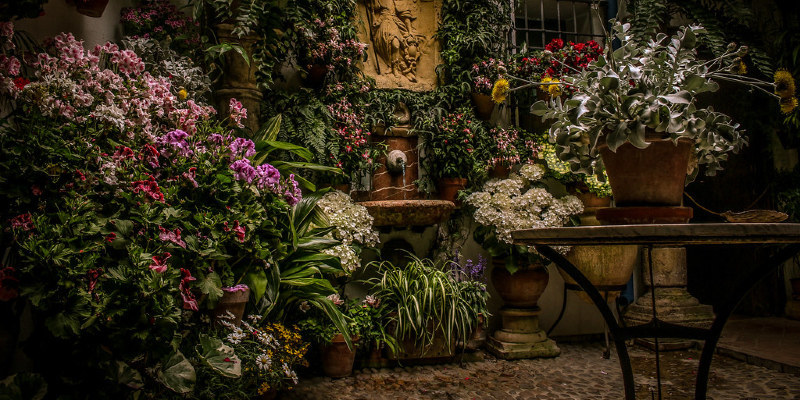
Growing herb plants can be rewarding, supplying you with new, delicious herbs for cooking or aromatic herbs for sachets. Whether you keep your herb plants in an outside garden and/or grow potted herbs indoors, occasionally they might have yellow leaves, a possible sign of a cultural problem or an indicator of an insect problem or even a plant infection. Identifying the main reason for the yellow leaves is that the first step in curing the problem and boosting your plants’ health.
Temperature Shock
Sometimes herb plants produce yellow leaves because of a temporary environmental problem that resolves itself or that you can readily correct. For example, basil (Ocimum basilicum) rises as an yearly plant in most parts of the United States, but temperatures might be cool and the air damp when it is planted outdoors in early spring. Those conditions can make the leaves of basil and other herbs to turn yellow, an issue that is particularly likely when a greenhouse-grown seedling is planted into a garden, shocking the plant having a sudden drop in temperature. Covering youthful herb plants with row covers to get the first couple of weeks when they were planted will help keep the plants warm, as can hardening off tender seedlings by placing them into a warm, sheltered place outdoors and moving them into a cooler place for increasing periods of time each day. Do this for one or two weeks before planting them at the ground.
Water and Soil Problems
Yellow leaves herb plants might also indicate a lack of water or nutrients, causing the plants to discard some of their leaves, which typically turn yellow before falling. By way of example, leaves in the base of a potted rosemary plant (Rosmarinus officinalis) might turn yellow since the plant is root bound, with a tight ball of origins which can’t access soil nutrients and water efficiently. A plant in this state ought to be repotted into a larger container, loosening the root ball and inserting new potting soil. Rosemary is a perennial in U.S Department of Agriculture plant hardiness zones 8 through 10, and if it and other herbs develop a garden, they may begin turning yellow during warm summer weather whenever they require extra water. Make plants receive at least 1 inch of water weekly, including rain, and add a 2- to 3-inch-thick layer of organic mulch, such as straw or shredded bark, about the soil surface under each plant’s canopy to preserve moisture. Keep the mulch back a bit from each plant’s facility to deter fungal growth.
Fungal Disorders
If leaves to your outdoor-grown herb plants wilt and begin turning yellow, then it might signal a fungal disorder, such as one of various kinds of root or crown rot which may result in problems first on a single stem and gradually spread into other plant parts. The best way to prevent fungal issues in plants is by planting in a place with good air circulation and well-drained soil; if your garden’s soil tends to remain soggy, you might also dig up a herb plant whenever the problem looks on it, then gently remove soil from its origins, add coarse sand into the area’s soil and replant the herb. Fungal issues in potted herbs are prevented best by letting the plants to drain nicely after watering their soil, never keeping them in water-filled saucers, and by keeping them well-spaced to ensure good air circulation.
Pest Problems
Some insects can infest herb plants and cause yellowing of leaves. For example, spider mites may cause leaves to yellow and curl as they suck plant juices. These microscopic insects construct visible, weblike coverings on young leaves and stems; spider mite problems frequently happen outdoors in warm, dry weather or indoors in dry, heated or atmosphere air. Aphids also suck plant juices, particularly from tender young growth, causing it to yellow, wilt and curl. Whitish-yellow insects visible to the naked eye, aphids are particularly brought on leaf undersides; they usually attack outdoors but can influence indoor plants, including potted herbs. Aphids and spider mites can be treated with insecticidal soap diluted in a rate of 6 tablespoons per 1 gallon of water. Spray the solution in an affected plant until it is dripping wet, and repeat the treatment every 2 weeks as needed. Rinse herbs nicely under running water to remove soap residue prior to using them as food.